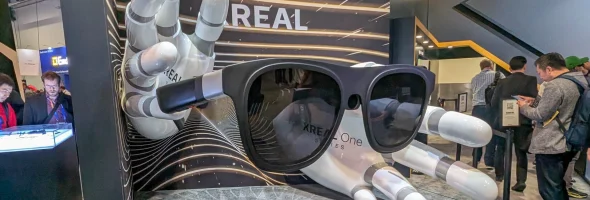The automotive industry is experiencing a transformative shift in 2025, driven by rapid advancements in electric, hybrid, and autonomous vehicle technologies. These changes are reshaping how people move, how cities function, and how environmental goals are pursued. With growing concerns about climate change and sustainable living, new cars in 2025 are more than just modes of transportation—they represent a profound evolution in mobility.
This article explores the major trends in new car technology focusing on electric vehicles (EVs), hybrids, and autonomous cars. It highlights key innovations, market dynamics, consumer preferences, and what the future holds for mobility in the United States.

The Rise of Electric Vehicles (EVs)
The electric vehicle (EV) market is accelerating rapidly in 2025, with EVs expected to comprise a significant share of new car sales in the United States. Thanks to major advancements in battery technology, today’s EVs offer longer ranges—often exceeding 300 miles on a single charge—and much faster charging capabilities due to expanding ultra-fast charging networks.
Popular models like the Tesla Model Y, Ford Mustang Mach-E, Chevrolet Bolt EV, and new entrants from legacy automakers and startups provide strong competition, catering to a wide variety of consumers from families to urban commuters. Environmental benefits, including zero tailpipe emissions, along with lower total cost of ownership compared to gasoline vehicles, are driving consumer adoption.
Government incentives such as tax credits and rebates also play a crucial role in making EVs more affordable, further propelling market growth.
Hybrid Vehicles Holding Ground
While fully electric vehicles are gaining momentum, hybrid vehicles continue to hold a substantial place in the market due to their versatility. Hybrids, including traditional hybrid electric vehicles (HEVs) and plug-in hybrids (PHEVs), offer a balance between fuel efficiency and convenience, especially for drivers who may not have access to reliable charging infrastructure.
HEVs combine an internal combustion engine with an electric motor to optimize fuel usage, making them ideal for city driving with frequent stops and starts. PHEVs, which can be charged via external power sources, allow for limited all-electric driving distances and serve as a transitional technology for drivers moving toward full electrification.
Hybrid vehicles offer lower emissions than conventional gasoline cars and often come at a more affordable price point than full EVs. However, their long-term appeal faces challenges from improving battery technology and increasing availability of electric vehicle charging stations.
Autonomous Vehicles on the Horizon
Autonomous vehicles (AVs) remain one of the most exciting and rapidly evolving trends in the automotive industry. In 2025, while fully driverless cars are not yet mainstream, many vehicles are equipped with advanced driver-assistance systems (ADAS) that offer features such as lane-keeping assistance, adaptive cruise control, and automated parking.
Technologies leveraging AI, machine learning, lidar, radar, and computer vision are continuously improving the safety and reliability of autonomous systems. Regulations are developing alongside the technology, with some states in the U.S. allowing limited operation of self-driving vehicles under specific conditions.
The potential impact of AVs includes enhanced road safety by reducing human error, improved traffic flow, and expanded mobility options for people unable to drive. Commercial use, including autonomous delivery vehicles and robo-taxis, is expected to grow rapidly in the coming years.



